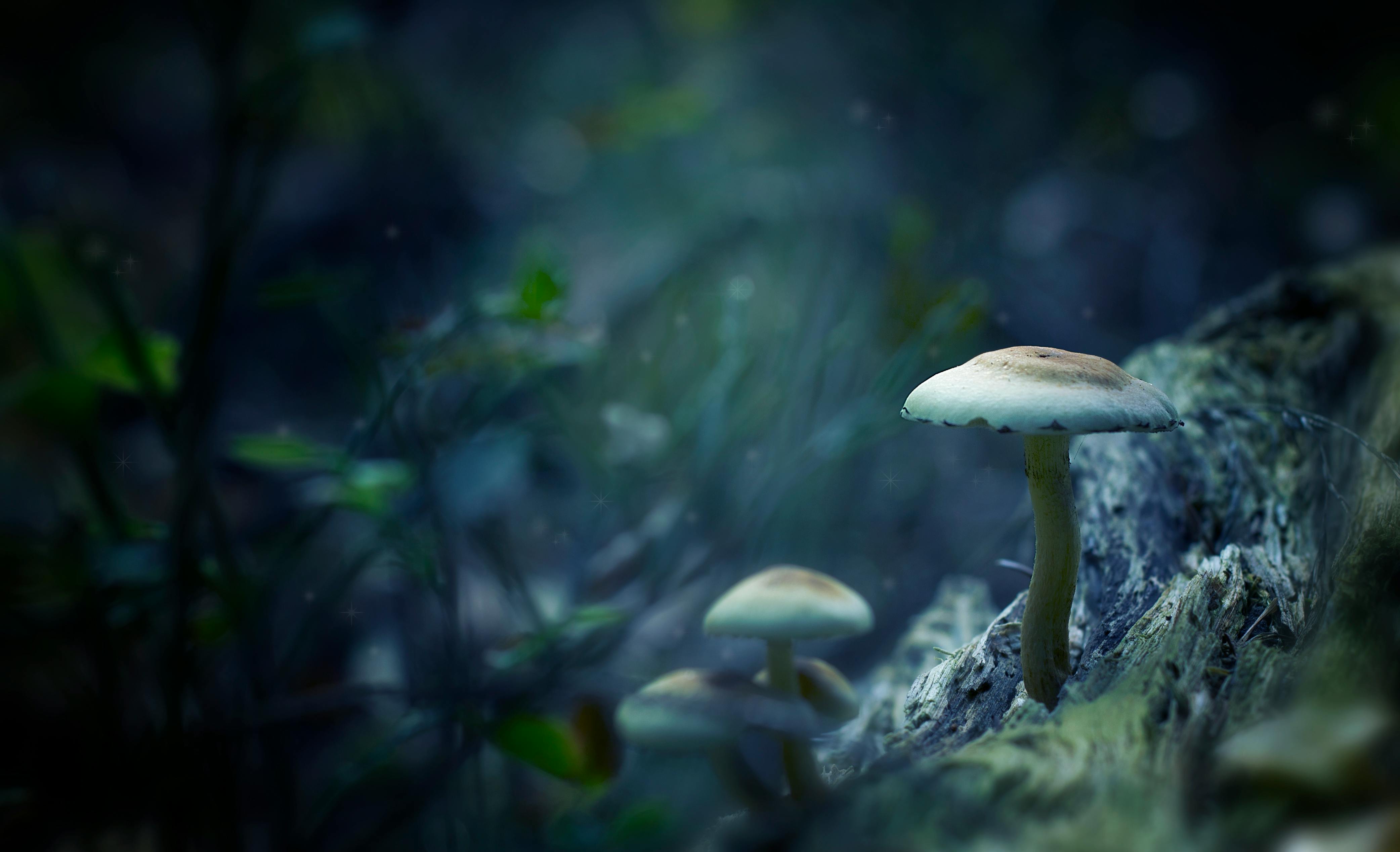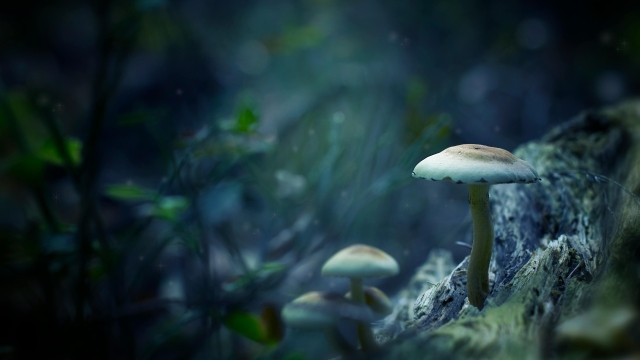
Have you ever marveled at the enchanting world of fungi? Mushrooms, with their tantalizing shapes and earthy aromas, have long captivated our imagination. But what if I told you that you could create your own fungal wonderland right at home? Mushroom growing is a fascinating and rewarding endeavor that allows you to delve into the realm of mycology and experience the joy of cultivating these unique organisms.
Forget what you thought you knew about gardening—mushroom growing is an entirely different ballgame. Instead of soil and sunlight, it’s all about providing the perfect conditions for these remarkable fungi to thrive. From selecting the ideal species to setting up a suitable growing environment, embarking on your own mushroom-growing journey is like stepping into a hidden treasure trove of flavors, textures, and colors.
But why dive into the world of mushroom growing? The reasons are as diverse as the fungi themselves. Perhaps you’re a culinary enthusiast eager to explore the rich umami flavors that mushrooms can bring to your table. Or maybe you’re a nature lover who seeks to understand the intricate symbiotic relationship between fungi and plants. Whatever your motivation, mushroom growing offers an opportunity to connect with nature and witness the remarkable cycle of life firsthand.
In this comprehensive guide, we’ll unravel the secrets of successful mushroom cultivation, from choosing the right mushroom species for your needs to tending to their unique requirements. We’ll walk you through the various cultivation techniques, from simple methods suitable for beginners to more advanced approaches for those ready to take their mycological skills to the next level. Join us on this captivating journey as we unlock the magic of mushroom growing and unleash your inner mycologist. Get ready to embark on a fungi-filled adventure where the possibilities are as boundless as the mushroom kingdom itself.
Choosing the Right Mushroom Species
When it comes to mushroom growing, selecting the right mushroom species is a crucial first step. The species you choose will determine the flavor, texture, and overall success of your mushroom cultivation. Here are some key factors to consider when making your selection.
-
Growth Requirements: Different mushroom species have varying growth requirements, such as temperature, humidity, and substrate preferences. Some species thrive in cooler climates, while others prefer warmer environments. Additionally, certain mushrooms may require specific substrates, such as sawdust, straw, or wood chips. Understanding the specific growth requirements of each species will help ensure a favorable growing environment.
-
Culinary Preferences: Another important aspect to consider is the culinary appeal of the mushroom species. Some varieties are highly sought after for their unique flavors and textures, making them ideal choices for culinary enthusiasts. Whether you’re aiming for delicate, earthy flavors or robust and meaty textures, researching the taste profile of different species will guide you in selecting mushrooms that suit your palate.
-
Availability and Market Demand: It’s worth considering the availability and market demand for various mushroom species. If you plan to sell your mushrooms commercially, choosing popular varieties can ensure a steady demand and potentially higher profits. Research local markets, restaurants, and grocery stores to gain insights into the popularity and price points of different mushroom species.
By considering these factors, you can make an informed decision when choosing the right mushroom species for your growing venture. Remember, each variety has its own unique characteristics, so don’t be afraid to experiment and discover your favorites along the way.
Creating the Ideal Growing Environment
To successfully grow mushrooms at home, it is crucial to create the ideal environment for their development. Providing the right conditions will ensure that your mushroom crop flourishes and yields delicious results. Here are three key factors to consider when setting up your mushroom growing space.
Temperature and Humidity
Maintaining the proper temperature and humidity levels is essential for successful mushroom cultivation. Most mushroom species thrive in temperatures between 55°F and 75°F (13°C and 24°C). Additionally, mushrooms prefer high humidity, with levels ranging from 70% to 90%. To achieve optimal conditions, consider using a thermometer and hygrometer to monitor the temperature and humidity within your growing area.
Lighting
Unlike plants, mushrooms do not require light for photosynthesis. In fact, exposing mushrooms to direct sunlight can be detrimental and inhibit their growth. Instead, mushrooms prefer low levels of ambient light or indirect light. You can achieve this by placing your growing containers in a shaded area or using artificial lighting sources that emit minimal amounts of light.
Air Circulation
Proper air circulation plays a vital role in mushroom growth by maintaining the right oxygen levels and preventing the buildup of stagnant air. Mushrooms require fresh, oxygen-rich air to thrive. Consider providing ventilation in your growing area by using fans or ensuring that there is a gentle breeze passing through the space. This will help prevent the accumulation of harmful gases and provide the mushrooms with the necessary airflow they need.
By carefully controlling the temperature, humidity, lighting, and air circulation, you can create the ideal growing environment for your mushrooms. It might take some experimentation and adjustment, but with time and practice, you will be well on your way to becoming a successful mycologist and enjoying the fruits of your labor in the form of homegrown mushrooms.
Harvesting and Maintaining Your Mushroom Crop
Once your mushrooms have reached their optimal size and have developed their characteristic shape and color, it is time to harvest them. Proper harvesting techniques are essential to ensure the best quality and flavor of your mushrooms.
To harvest your mushrooms, gently twist and pull the stem at its base, making sure to remove the entire fruiting body from the substrate. Avoid damaging the surrounding mycelium while harvesting to ensure future flushes. Use a sharp knife or scissors to trim off any excess substrate or debris attached to the stem.
After harvesting, it is important to properly maintain your mushroom crop to prolong its productivity. Cleanliness is key to preventing contamination and promoting healthy growth. Remove any spent or decaying mushrooms, as these can quickly become a breeding ground for mold and other unwanted organisms.
Ensure that your growing environment remains consistently humid, as mushrooms require a moist environment for optimal growth. Regularly mist the growing area with water to maintain humidity levels and prevent excessive drying. Monitor the temperature to keep it within the recommended range for your mushroom species.
By following these harvesting and maintenance practices, you can enjoy a successful and bountiful mushroom crop. Remember to continuously observe and respond to the needs of your mushrooms to ensure their continued growth and productivity.
